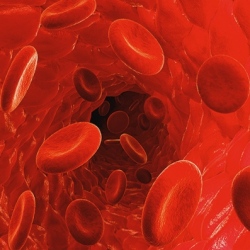
Further to the mental anguish, a lot of time in a hospital bed can bring about some agonizing physical discomfort. This is most commonly brought about by skin ulcers and bedsores, which threaten to evolve into dangerous and potentially deadly infections if left untreated.
But a British research team has happened upon a technique that promises to cut the healing time of these and other chronic wounds by around a third, using simple low-intensity ultrasounds. Wound healing presents a serious problem for two demographics in particular, the elderly and those with diabetes. When a young and healthy person incurs an injury to the skin, connective tissue cells called fibroblasts migrate to the site of the wound and kick-off the healing process. But skin defects that are typical of above groups prevent the migration of fibroblasts and make healing problematic, sometimes leading to amputation.
Researchers from the University of Sheffield and the University of Bristol say that low-intensity ultrasounds can overcome this deficiency. In a new study, the team discovered that applying the vibrations of an ultrasound served to stimulate a certain pathway that substitutes for the regular fibroblast migration route and recruits the cells to the wound bed. It found the technique reduced healing times by 30 percent in aged and diabetic mice, where it restored their healing ability to that of young and healthy animals.
The team also observed that the technique could be successfully replicated in human venous leg ulcer patients, indicating that it could be applicable to other chronic human wounds. And because it is modelled on what is already a natural process, there would be little chance of complications.
"Using ultrasound wakes up the cells and stimulates a normal healing process," says lead author of the study, Dr Mark Bass. "Because it is just speeding up the normal processes, the treatment doesn’t carry the risk of side effects that are often associated with drug treatments."
